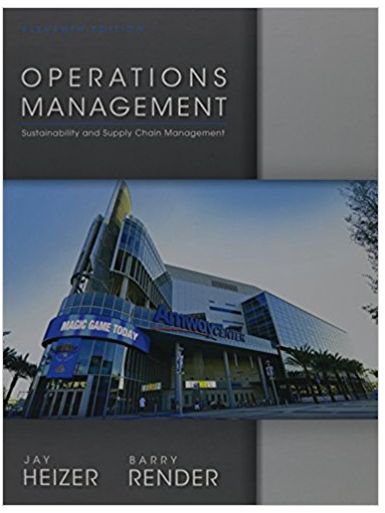Answered step by step
Verified Expert Solution
Question
1 Approved Answer
regional player in the retail industry, the company has hundreds of stores in the upper Midwest. Unfortu nately, a sharp decline in the region s
regional player in the retail industry, the company has
hundreds of stores in the upper Midwest. Unfortu
nately, a sharp decline in the regions manufacturing
economy has put management in a serious financial
bind. Revenues have been consistently dwindling. Cus
tomers spend less, and the stores have had to switch
their focus to very lowmargin commodities, such as
milk and generic drugs, rather than the highmargin
impulsebuy items that used to be the companys bread
and butter. The firm has closed several locations,
reversing its expansion plans for the first time since it
was incorporated.
Because this is uncharted territory for the com
pany, Jim Claussen, vice president for human relations,
struggled with how to address the issue with employees.
As the companys fortune declined, he could see that
employees were becoming more and more disaffected.
Their job insecurity was taking a toll on their job atti
tudes. The companys downsizing was big news, and
the employees did not like what they were hearing.
Media reports of MorganMoes store closings have
focused on the lack of advance notice or communica
tion from the companys corporate offices, as well as
the lack of severance payments for departing employ
ees. In the absence of official information, rumors and
gossip have spread like wildfire among the remaining
employees. A few angry blogs developed by laidoff
employees, like IHateMorganMoe.com have made the
morale and public relations picture even worse.
MorganMoe is changing in other ways as well. The
average age of its workforce is increasing rapidly. A
couple of factors have contributed to this shift. First,
fewer qualified young people live in the area because
many families have moved away to find jobs. Second,
stores have been actively encouraged to hire older
workers, such as retirees looking for supplemental
income. Managers are very receptive to these older
workers because they are more mature, miss fewer days
of work, and do not have child care responsibilities.
They are also often more qualified than younger work
ers because they have more experience, sometimes in
the managerial or executive ranks.
These older workers have been a great asset to the
company in troubled times, but they are especially likely
to leave if things get bad. Suppose these older workers
start to leave the company, taking their hardearned
experience with them. In that case, it seems likely that
MorganMoe will sink deeper toward bankruptcy.
The System
Claussen was not sure how to respond to employees
sense of hopelessness and fear until a friend gave him
a book titled Mans Search for Meaning. The book was
written by a psychologist named Victor Frankl, who
survived the concentration camps at Auschwitz. Frankl
found that those who had a clear sense of purpose, a
Comprehensive Cases
reason to live, were more likely to persevere in the face
of nearly unspeakable suffering. Something about this
book, and its advocacy of finding meaning and direc
tion as a way to triumph over adversity, really stuck with
Claussen. He thought he might be able to apply its les
sons to his workforce. He proposed a new direction for
management to the companys executive committee,
and they reluctantly agreed to try his suggestions.
Over the past six months, stores throughout the
company have used a performance management system
that, as Claussen says, gets people to buy into the idea
of performing so that they can see some real results in
their stores. It is all about seeing that your work serves
a broader purpose. I read about how some companies
have been sharing store performance information
with employees to get them to understand what their
jobs really mean and participate in making changes. I
thought that was something we would be able to do
The human resources HR team came up with five
options for the management system. Corporate allowed
individual managers to choose the option they thought
would work best with their employees so that manag
ers would not feel too much like a rapid change was
being forced on them. Program I is opting out of the
new idea, continuing to stay the course, and provid
ing employees with little to no information or oppor
tunities for participation. Program II tracks employee
absence and sick leave data and shares that informa
tion with individual employees, giving them feedback
about things they can control. Management takes no
further action. Program III tracks sales and inventory
replacement rates across shifts. As in Program II infor
mation is shared with employees, but without providing
employee feedback about absence and sick leave data.
Program IV the most comprehensive, tracks the same
information as Programs II and III. Managers commu
nicate it in weekly brainstorming sessions, during which
employees try to
Step by Step Solution
There are 3 Steps involved in it
Step: 1

Get Instant Access to Expert-Tailored Solutions
See step-by-step solutions with expert insights and AI powered tools for academic success
Step: 2

Step: 3

Ace Your Homework with AI
Get the answers you need in no time with our AI-driven, step-by-step assistance
Get Started


